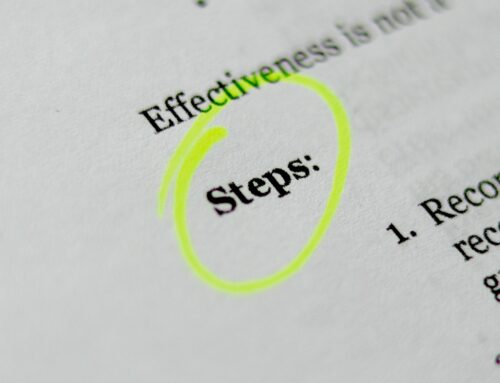Just hearing the term “team-building” is enough to get eye rolls from some people, especially when talking to people in the construction industry. This article will discuss why these exercises are so important and give you some ideas that your team could actually enjoy (no eye rolls). Most importantly, we will discuss how you can implement these ideas year-round, basically for free.
Why is team-building important?
It is important to know the people that you are working with, particularly if the positions require manual labor where someone could be injured. Team building exercises are designed to improve communication, which in turn improves trust. When your employees get to know one another and become more comfortable, the company culture is strengthened, decreasing burnout. As a result, team members are more motivated, improving productivity.
These exercises are also a good way to see who has leadership qualities – and I do not necessarily mean who comes up with the best solutions to problems; I am talking about who shows that they can bring the team together and boost morale. These are qualities that cannot easily be taught and which you will want to invest in.
When should you do team-building exercises?
Team building should not just be a box you check once a year or when someone new joins the team (although it should be an important part of the onboarding process). Ideally, it would be best if you built team-building activities into your regular process. This does not have to be anything big or fancy, just little things that can continually strengthen your team over time. Here, the consistency factor is key; this demonstrates to your team just how important communication is to your company.
What are some examples of team-building exercises?
Getting to know your team members does not have to take place in a bar. In fact, given the elevated rates of alcohol abuse in the construction industry, it would probably be better if you kept the exercises “dry.”
For your construction team, it would be a great idea to use tactical problem-solving prompts. Break the group up into small teams and see who can build the highest tower or roll a marble from one side of the room to the other without touching the floor. You can use low-cost supplies, like paper and tape or spaghetti. These types of activities can be done once or twice a year.
For breaking the ice, all you really need to do is start a conversation. “Who would you like to have dinner with if you could invite anyone, alive or dead?” or “What three things would you choose to have if you were stranded on an abandoned island?” These verbal activities could easily be folded into the beginning of meetings, helping you regularly incorporate team building into your process.
Photo by Pascal Swier on Unsplash









